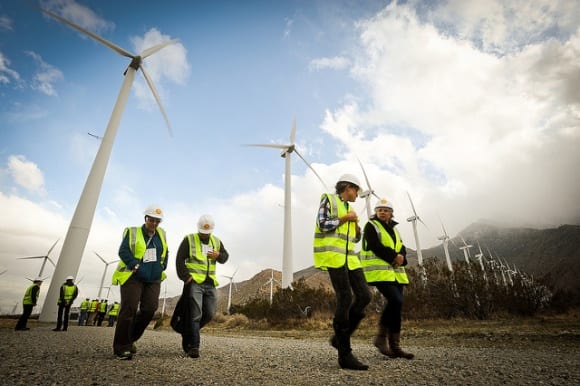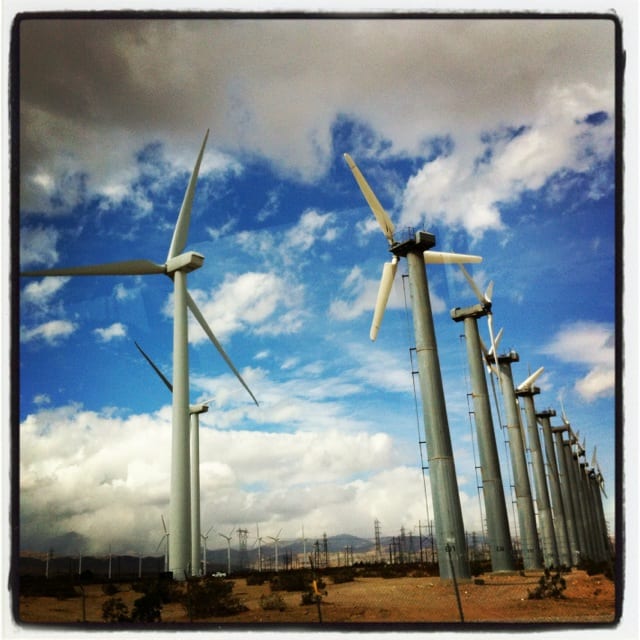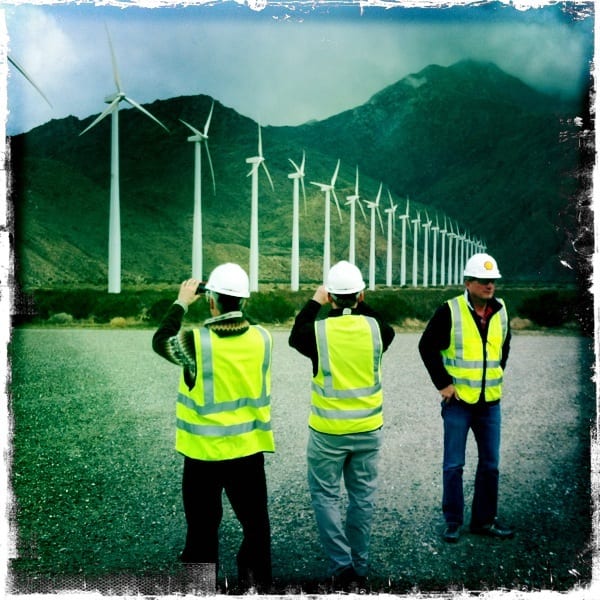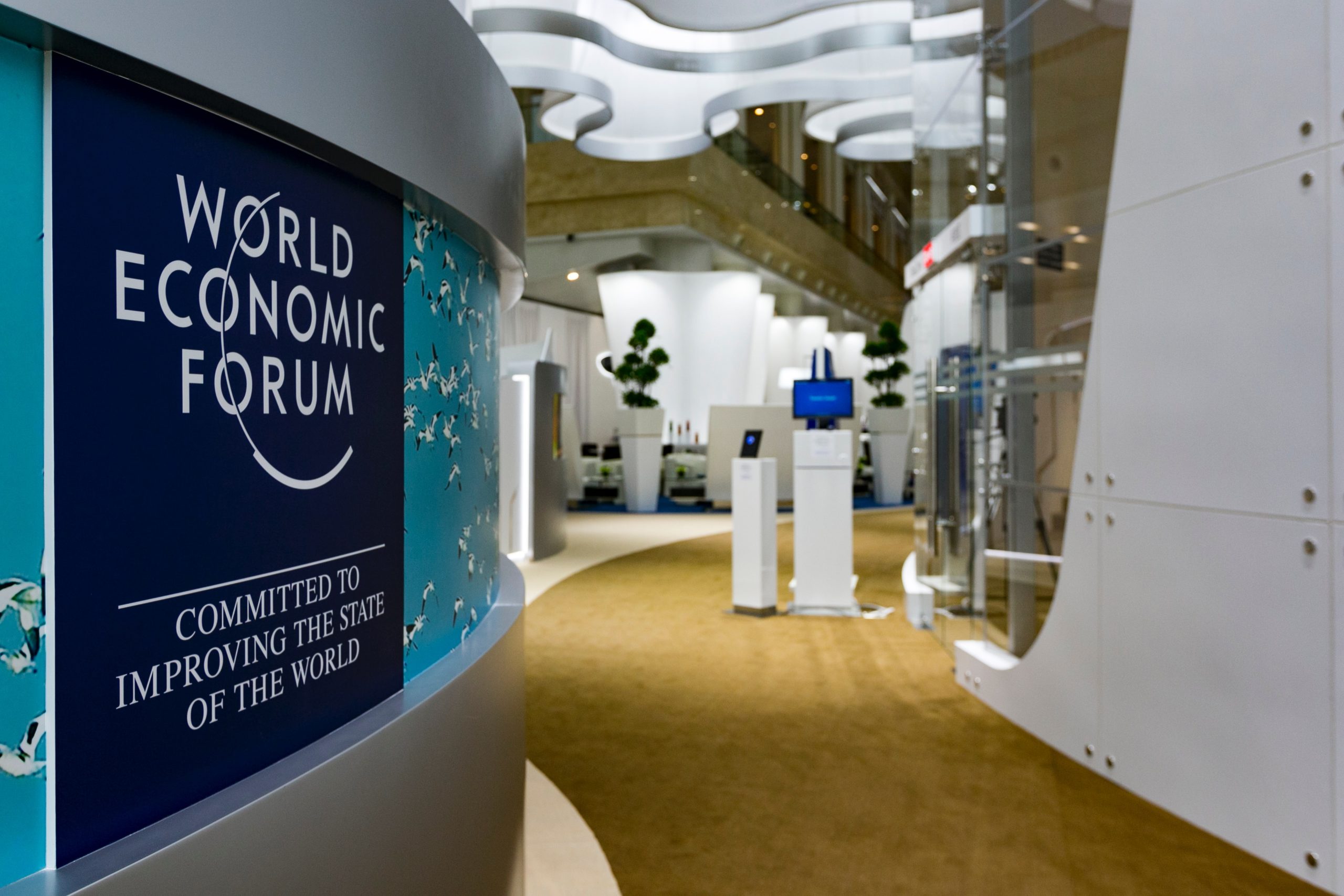Sarah is currently experiencing her first time at TED, and she will be reporting back her experiences on the blog this week.
Yesterday on my pre-TEDActive activity I got to venture out into the Coachella Valley to take a closer look at sustainable energy — wind farms in the flesh. Vaguely understanding the concept of wind energy doesn’t even rival seeing a turbine up close and personal — especially on what many were saying to be one of the windiest days out here in Palm Springs (I didn’t blow over….but almost).
Our energy guide, Dick Williams (president of Shell WindEnergy Inc), informed our group of the ups (and downs) of wind energy. His transparent answers to our prying questions were refreshing — wind is not an easy solution, and he didn’t present it as such. But faced with the global energy problems on so many levels — it’s one that’s worth getting to know a little more, well — personally.
Six things you (possibly) didn’t know about wind energy:
- Wind is a sound investment — it isn’t going anywhere and it’s pretty stable (versus the new solar facility that we saw which is becoming increasingly reliable, but currently not quite to the level of wind). In six to seven years (once up and running), an investment in wind will pay itself off. And hey — you can still farm land even if it’s being used for turbines! Talk about multi-tasking.
- It’s no easy process to get started. If you or I were to decide to start a wind farm, it’d be at least nine years before we’d even see our first electron move. And that’s just due to permitting and other similar issues.
- Wind is a global effort — Shell’s turbines are sourced from all over the world (Germany, Denmark, Spain, and Japan to name a few). Wind is an especially viable and growing option for countries that currently don’t have a lot in the way of existing power structures.
- Cost can be prohibitive. Wind costs approximately $2M per megawatt for installation (and to put this into perspective, 2 megawatts covers 500 homes in the US and 700 in Europe.)
- These turbines are powerful enormous structures (made of fiberglass and wood) but surprisingly, not overly loud. They mirror the technology used for Boeing airplane wings and their blade tip speed can often run 210mph (like a commuter aircraft wing going through the air).
- The turbines are high maintenance and a lot goes into making sure these babies don’t break. As Dick told us, “a happy turbine is a maintained turbine.” They need TLC to work at efficiency (or else they can be quite temperamental).
So wind — the future? Or not the energy basket we should be putting all our marbles into?
I walked away hopeful but realistic. It’s not a solution without drawbacks, but what is? Looking at it from a cost-benefit analysis, there’s viable reasons for companies to continue to explore wind energy (check out our hard hats — my fellow TEDsters and I joked that we belonged in a Shell commercial).
But PR friends — I’ll leave you with this anecdote. Apparently, when these Cali wind farms were first being built, generating good PR was a high enough priority that motors were used to propel the turbines — in essence, taking power OFF the grid to keep the blades spinning for vanity reasons. Who says image isn’t everything?!





